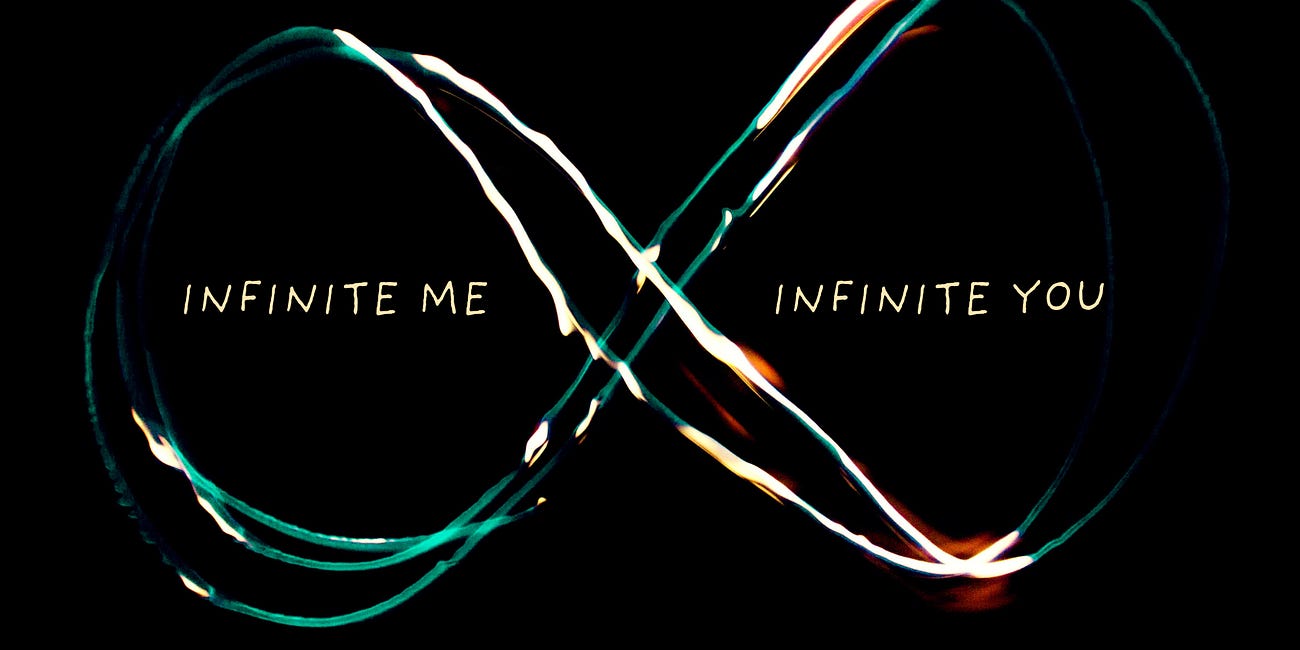I had a conversation with a friend the other day about the need for disruptors in our lives. My contention was that we are so hypnotized by superfluous things—whether routines, to-do’s, or screens—that we become numb to anything deeper than surface-level considerations.
Life has become a cycle of sleepwalking, a pursuit of moving from point to point yet going nowhere each day, lost in utter meaninglessness.
Émile Durkheim, a French sociologist in the early 1900s, wrote about the idea of the sacred and the profane—the sacred being those things in life that are holy, set apart, or of spiritual significance; the profane being the mundane parts of everyday life. The implication was that some things are holy while the rest of life is profane.
I have never liked that distinction. In my mind, everything is sacred and holy. Everything has spiritual significance. And if there is anything truly profane, it is that we have lost recognition of the sacredness of all things. We have distilled life down to unremarkable matter—easily ignored or quickly discarded.
That is why disruptors are so essential. Disruptors wake people up and jolt consciousness. They break us out of the collective trance we’ve been under, removing the veil of the common and unexceptional so that we might see life as wholly sacred. Without disruptors, we are left to our own futile devices, driven by the overwhelming power of cultural inertia.
There’s this beautiful scene in the film Columbus by Kogonada, in which the main character, Casey, stands in front of a bank designed by world-renowned architect Eero Saarinen. A visitor to the town, Jin, asks Casey what she knows about the bank. As an architectural tour guide, she begins reciting all the facts and details she knows about the building. Notably, the shot shows only her reflection in the window—not her real self. In this hypnotic state, she is merely a shadow of who she truly is.
Noticing her robotic recitation, Jin waves his hand at her, trying to wake her from this zombie-like state. Acting as a disruptor, he finally breaks in: “What are you doing? Who are you? You said this is one of your favorite buildings—why? Do you like it intellectually, because of all the facts?”
“No,” Casey replies. “I’m also moved by it.”
“Yes, tell me about that,” Jin says. “Tell me about that.”
The camera’s vantage point shifts to inside the bank, showing Casey through the window—no reflection. It’s as if the entire window, the veil, has disappeared. No more sacred and profane. Just sacred. We can’t hear Casey’s words; we can only see her face and how the architecture moves her. It is a profound and deeply moving scene.
Had Jin not disrupted Casey, she would have continued her same recitation—the one she had likely given a thousand times before. I wonder where the disruptors are in our lives, in this culture. What will shake us from our slumber? What will pull us from this immense inertia? What will jolt us from this futile, artificially fabricated reality?
Question
Have I been living, or merely sleepwalking through the motions of a life?
Peace,
Brandon




